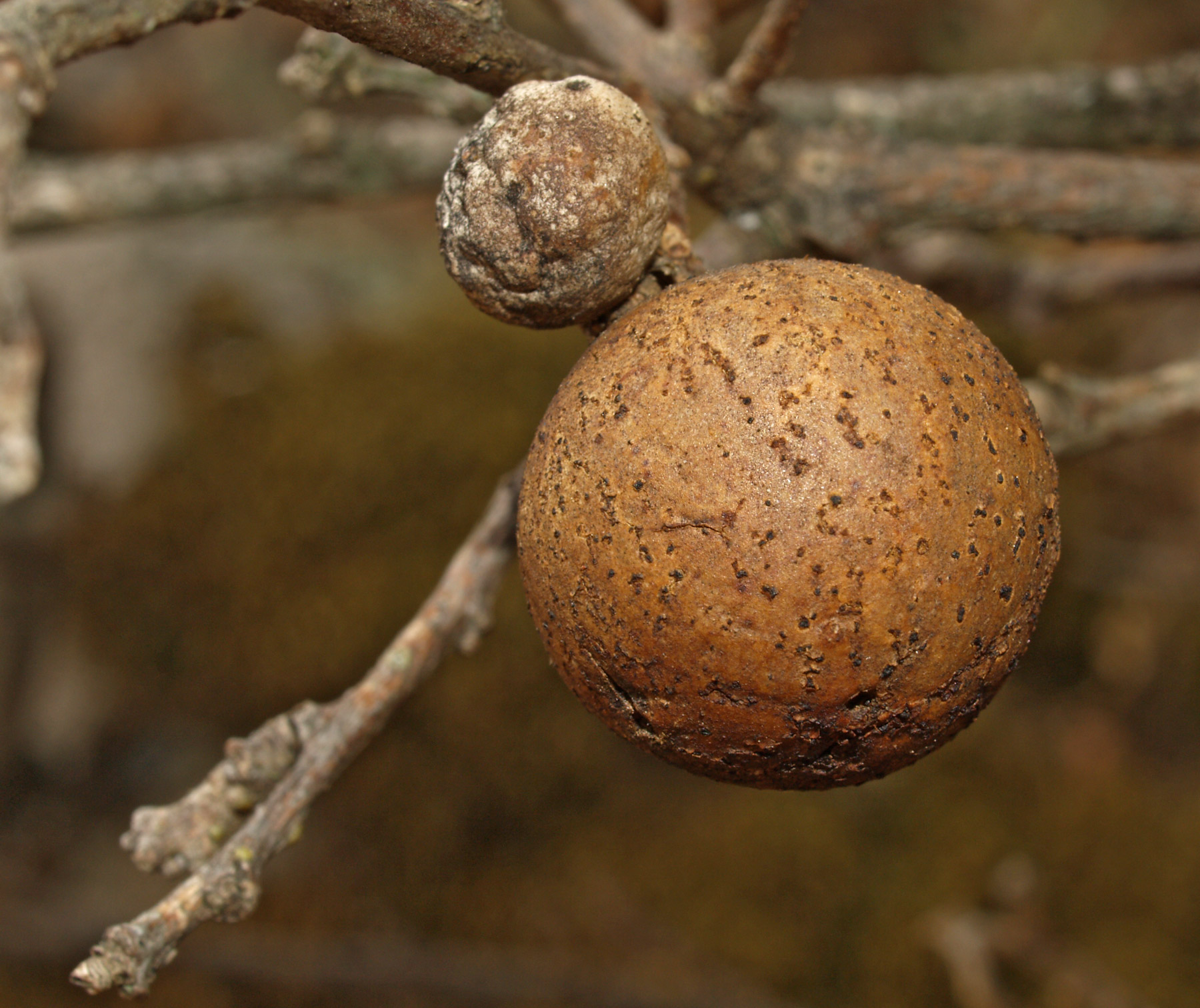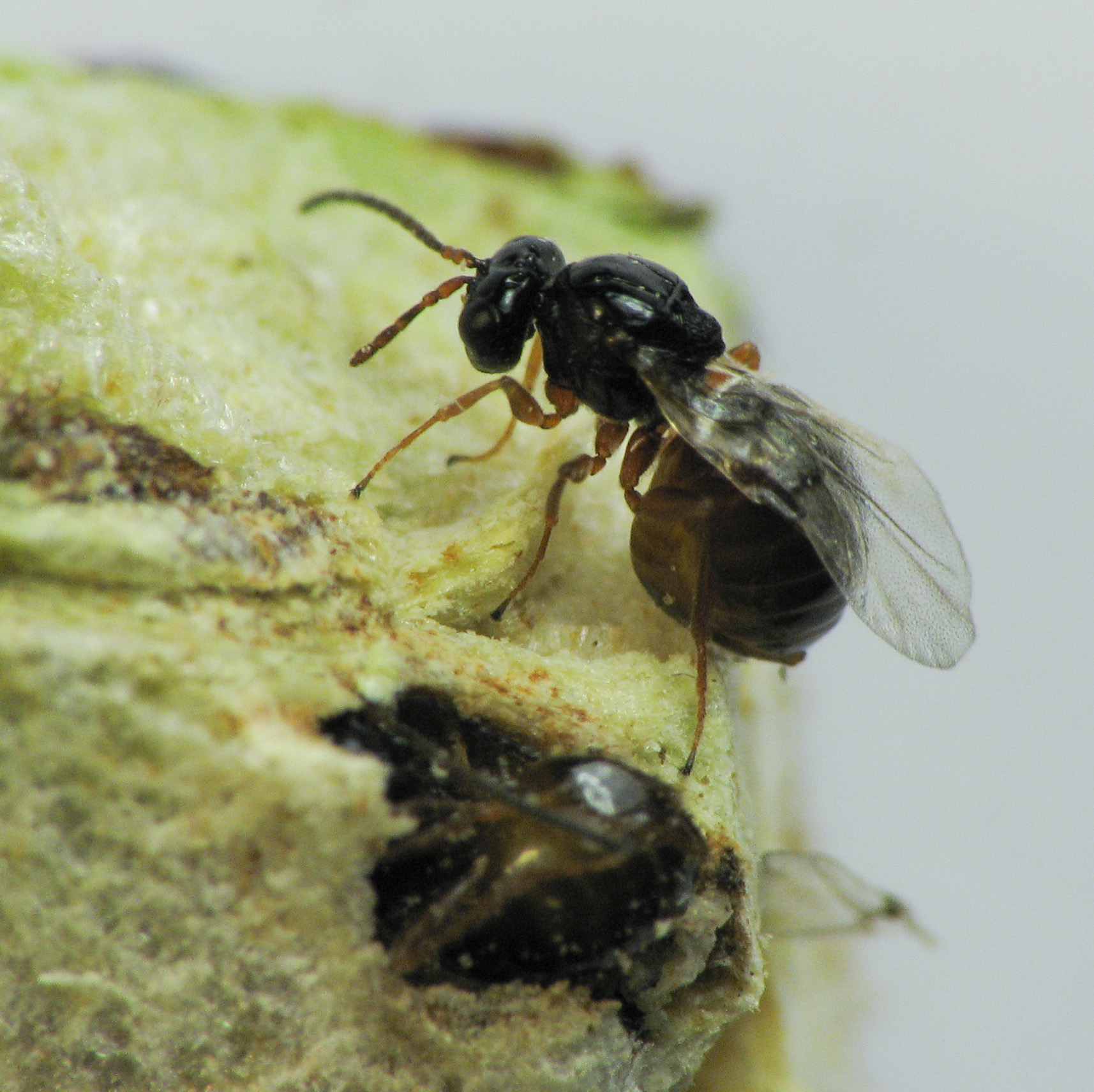|
Paracraspis
''Paracraspis'' is a genus of oak gall wasps in the Nearctic The Nearctic realm is one of the eight biogeographic realms constituting the Earth's land surface. The Nearctic realm covers most of North America, including Greenland, Central Florida, and the highlands of Mexico. The parts of North America .... It was established by Lewis Hart Weld in 1952, then re-established in 2021. Species The following species are grouped into ''Paracraspis'': * '' Paracraspis guadaloupensis'' (Fullaway, 1911) * '' Paracraspis insolens'' (Weld, 1926) * '' Paracraspis patelloides'' (Weld, 1926) References {{Taxonbar, from=Q110815180 Cynipidae Insects described in 1952 Hymenoptera genera ... [...More Info...] [...Related Items...] OR: [Wikipedia] [Google] [Baidu] |
Paracraspis Patelloides
''Paracraspis'' is a genus of oak gall wasps in the Nearctic. It was established by Lewis Hart Weld in 1952, then re-established in 2021. Species The following species are grouped into ''Paracraspis'': * '' Paracraspis guadaloupensis'' (Fullaway, 1911) * ''Paracraspis insolens ''Paracraspis'' is a genus of oak gall wasps in the Nearctic The Nearctic realm is one of the eight biogeographic realms constituting the Earth's land surface. The Nearctic realm covers most of North America, including Greenland, Central ...'' (Weld, 1926) * '' Paracraspis patelloides'' (Weld, 1926) References {{Taxonbar, from=Q110815180 Cynipidae Insects described in 1952 Hymenoptera genera ... [...More Info...] [...Related Items...] OR: [Wikipedia] [Google] [Baidu] |
Paracraspis Guadaloupensis
''Acraspis guadaloupensis'' (also ''Paracraspis guadaloupensis'') is a relatively uncommon species of cynipid wasp that produces galls on intermediate oaks. The intermediate oak disc wasp was first described in 1911 and has been moved between genera more than once. Distribution is limited to California in North America. The flattened galls appear on leaves of ''Quercus chrysolepis ''Quercus chrysolepis'', commonly termed canyon live oak, canyon oak, golden cup oak or maul oak, is a North American species of evergreen oak that is found in Mexico and in the western United States, notably in the California Coast Ranges. This ...'', the canyon live oak (or maul oak). Further reading * References External links * Gall-inducing insects Oak galls Cynipidae Western North American coastal fauna Insects described in 1911 {{Apocrita-stub ... [...More Info...] [...Related Items...] OR: [Wikipedia] [Google] [Baidu] |
Cynipini
Cynipini is a tribe of gall wasps. These insects induce galls in plants of the beech and oak family, Fagaceae. They are known commonly as the oak gall wasps.Melika, G., et al. (2013)A new genus of oak gallwasp, ''Cyclocynips'' Melika, Tang & Sinclair (Hymenoptera: Cynipidae: Cynipini), with descriptions of two new species from Taiwan.''Zootaxa'' 3630(3), 534-48. It is the largest cynipid tribe, with about 936Medianero, E. and J. L. Nieves-Aldrey. (2013)''Barucynips panamensis'', a new genus and species of oak gallwasps (Hymenoptera, Cynipidae, Cynipini) from Panama, and description of one new species of ''Coffeikokkos''.''ZooKeys'' (277), 25-46. to 1000 recognized species, most of which are associated with oaks. The tribe is mainly native to the Holarctic. Cynipini wasps can act as ecosystem engineers. Their galls can become hosts of inquilines, and the wasps themselves are hosts to parasitoids. Most of these wasps undergo cyclical parthenogenesis, sometimes reproducing sexuall ... [...More Info...] [...Related Items...] OR: [Wikipedia] [Google] [Baidu] |
Lewis Hart Weld
Lewis Hart Weld (1875-1964) was an American entomologist, who worked for the United States Department of Agriculture (USDA). Education Lewis Weld attended the University of Rochester, University of Michigan, and University of Cornell, where he studied entomology. In 1904, Weld went to teach at Evanston Academy, where he began his lifelong research of gall wasps. Career Weld made several field trips during his career; in 1919, and another from 1923 to 1924. During this time he worked for the Bureau of Entomology of the USDA. Lewis Weld resigned his official position in 1924, but continued to independently pursue his interests, and continued to collaborate with the USDA for over 40 years. Personal life Weld married plant pathologist Plant pathology (also phytopathology) is the scientific study of diseases in plants caused by pathogens (infectious organisms) and environmental conditions (physiological factors). Organisms that cause infectious disease include fungi, oomyc ... [...More Info...] [...Related Items...] OR: [Wikipedia] [Google] [Baidu] |
Nearctic Realm
The Nearctic realm is one of the eight biogeographic realms constituting the Earth's land surface. The Nearctic realm covers most of North America, including Greenland, Central Florida, and the highlands of Mexico. The parts of North America that are not in the Nearctic realm are Eastern Mexico, Southern Florida, coastal Central Florida, Central America, and the Caribbean islands, which, together with South America, are part of the Neotropical realm. Major ecological regions The World Wildlife Fund (WWF) divides the Nearctic into four bioregions, defined as "geographic clusters of ecoregions that may span several habitat types, but have strong biogeographic affinities, particularly at taxonomic levels higher than the species level (genus, family)." Canadian Shield The Canadian Shield bioregion extends across the northern portion of the continent, from the Aleutian Islands to Newfoundland and Labrador, Newfoundland. It includes the Nearctic's Arctic Tundra and Boreal forest e ... [...More Info...] [...Related Items...] OR: [Wikipedia] [Google] [Baidu] |
Cynipidae
Gall wasps, also incorrectly called gallflies, are hymenopterans of the family Cynipidae in the wasp superfamily Cynipoidea. Their common name comes from the galls they induce on plants for larval development. About 1,300 species of this generally very small creature (1–8 mm) are known worldwide, with about 360 species of 36 different genera in Europe and some 800 species in North America. Features Like all Apocrita, gall wasps have a distinctive body shape, the so-called wasp waist. The first abdominal tergum (the propodeum) is conjoined with the thorax, while the second abdominal segment forms a sort of shaft, the petiole. The petiole connects with the gaster, which is the functional abdomen in apocritan wasps, starting with the third abdominal segment proper. Together, the petiole and the gaster form the metasoma, while the thorax and the propodeum make up the mesosoma. The antennae are straight and consist of two or three segments. In many varieties, the bac ... [...More Info...] [...Related Items...] OR: [Wikipedia] [Google] [Baidu] |
Insects Described In 1952
Insects (from Latin ') are pancrustacean hexapod invertebrates of the class Insecta. They are the largest group within the arthropod phylum. Insects have a chitinous exoskeleton, a three-part body (head, thorax and abdomen), three pairs of jointed legs, compound eyes and one pair of antennae. Their blood is not totally contained in vessels; some circulates in an open cavity known as the haemocoel. Insects are the most diverse group of animals; they include more than a million described species and represent more than half of all known living organisms. The total number of extant species is estimated at between six and ten million; In: potentially over 90% of the animal life forms on Earth are insects. Insects may be found in nearly all environments, although only a small number of species reside in the oceans, which are dominated by another arthropod group, crustaceans, which recent research has indicated insects are nested within. Nearly all insects hatch from eggs. Insect ... [...More Info...] [...Related Items...] OR: [Wikipedia] [Google] [Baidu] |


